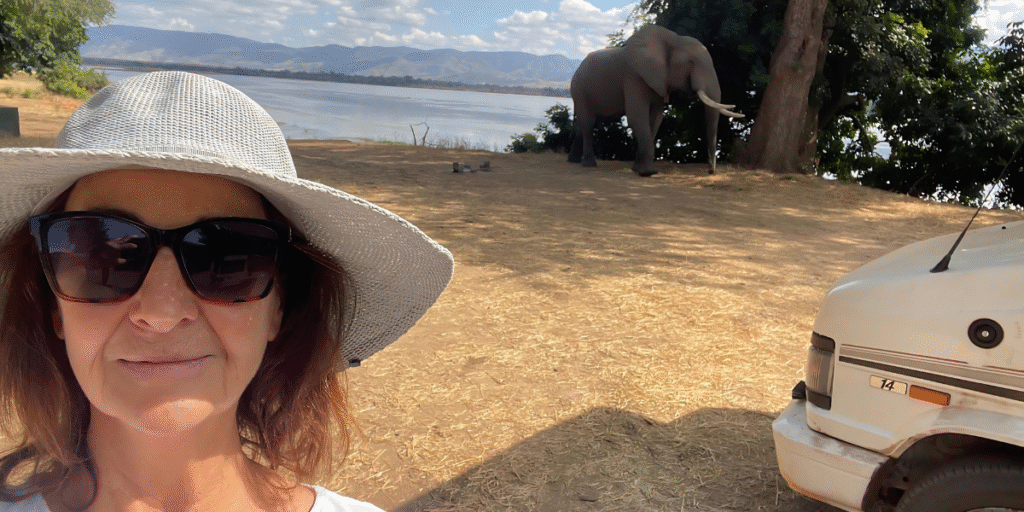Children’s books shape how kids see strength, kindness, and courage – and why both girls and boys need all three.
When I first began writing The Incredible Adventures of Casper the Cat Who Got Lost in Africa, I thought the hardest part would be sending a pampered city cat stumbling into the wilds of the African bush. What I didn’t expect was that my biggest challenge would come from somewhere much closer to home: the way gender stereotypes slipped into my writing almost without me noticing.
Again and again, I caught myself defaulting to “he”. When Casper faced danger, the old phrase “she screamed like a girl” hovered on my tongue. When my characters needed courage, I was tempted to type “man up” or “be strong like a man”. These words are so familiar we barely notice them – but children do. And children’s books are often the very first place where stereotypes take root.
That’s when I realised Casper’s journey wasn’t only about a cat trying to find her way home. It was also about helping children see strength and vulnerability in new ways. I wanted to break free of the boxes we put around “male” and “female”, not by making a loud point but by normalising equality. The more children encounter female characters who are brave and resourceful, and male characters who are tender and expressive, the more natural it becomes.
Casper herself – a scrappy housecat with mismatched eyes and a knack for getting into trouble – is one example. She’s not a “strong female character” because she’s perfect; she’s strong because she’s real. She makes mistakes, she cries, she panics, but she also keeps going, one paw-step at a time. That is courage.
But it wasn’t only about giving a female protagonist strength. I also began to flip the script with male characters. In Book 4: The Baboons, Henry, a big, buff baboon father, admits that when he feels affection for his children, he gives them a cuff on the head rather than a hug. “Hugging’s what mums do, not dads,” he says. Casper challenges him: why not do what your heart tells you? By the end, Henry begins to see that hugging his children doesn’t make him less of a father – it makes him a better one.
In Book 6: The Vultures, Boggles, a grumpy male vulture, breaks down tears because his broken wing has left him grounded. At first he insists, “Vultures don’t cry – maybe girl vultures, but never boy vultures!” Yet when his friends reassure him that tears are natural, Boggles discovers how much lighter and freer he feels afterward. “Everybody should cry,” he declares. For children, this moment matters: it shows that even the fiercest-looking character can be vulnerable, and that vulnerability is not weakness at all.
These moments may sound small, even humorous but to a child they are powerful. They show boys that tenderness is allowed. They show girls that strength is not unusual. And they show everyone that courage can look like a hug, a tear, or simply carrying on when things are hard.
For parents and educators, this is why representation in children’s books matters. The stories we read to children don’t just entertain them, they teach them how the world works. If every hero is male and every carer is female, children internalise those roles as rules. If, instead, they grow up seeing both boys and girls – and even animals – displaying courage, care, vulnerability, and resilience, those qualities become human traits, not gendered ones.
I’m not trying to write “feminist books” or to argue against strong male characters. Quite the opposite: I want both to exist side by side until no one notices anymore. Until it’s perfectly ordinary to see a female cat lead an epic African adventure, or a male vulture let tears fall and feel lighter for it. Until strength and kindness, fear and bravery, belong equally to everyone.
Stories shape the way children see the world – and, just as importantly, how they see themselves. If we tell often enough that both girls and boys can be strong, both can cry, both can lead, then perhaps one day we won’t need to talk about stereotypes at all. They will already have faded quietly into the background, replaced by something far simpler and truer: humanity.
Explore the World with Little Boola Books

If you’re looking for a way to introduce your child to wildlife, adventure, and important life lessons, look no further than Little Boola Books. Their captivating award winning series The Incredible Adventures of Casper the Cat Who Got Lost in Africaoffers more than just stories, it offers a world of exploration, empathy, and environmental awareness. Through engaging narratives and vibrant illustrations, Little Boola Books aims to foster a love of reading, raise environmental awareness, and inspire empathy in children across the world.
Links:
